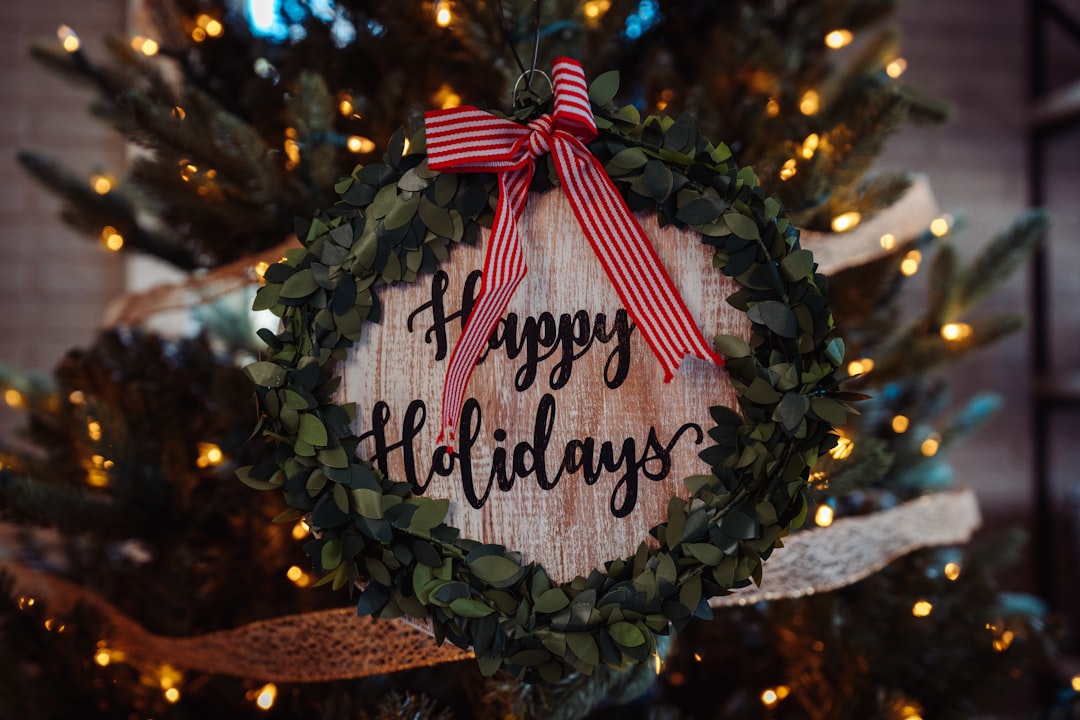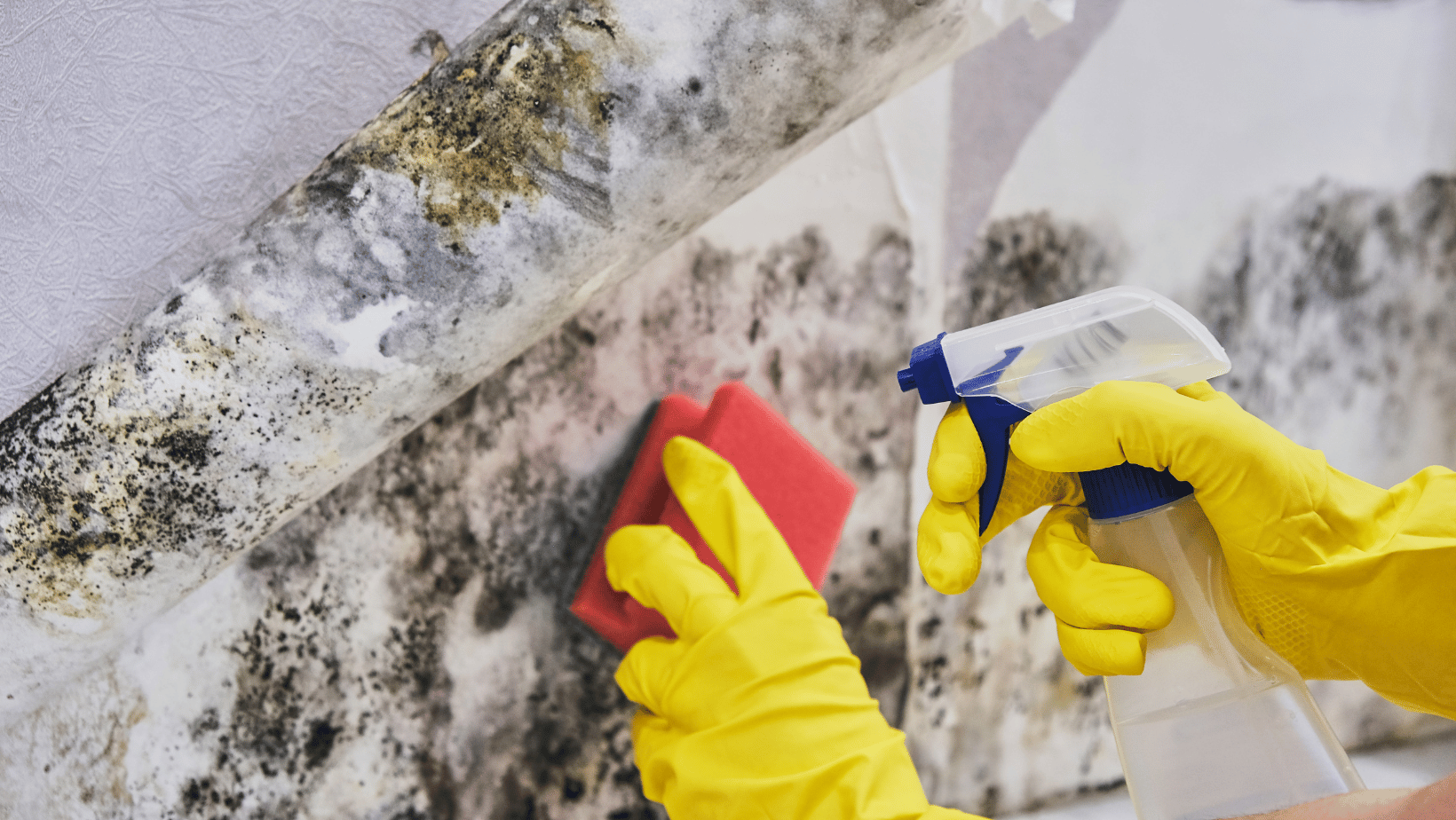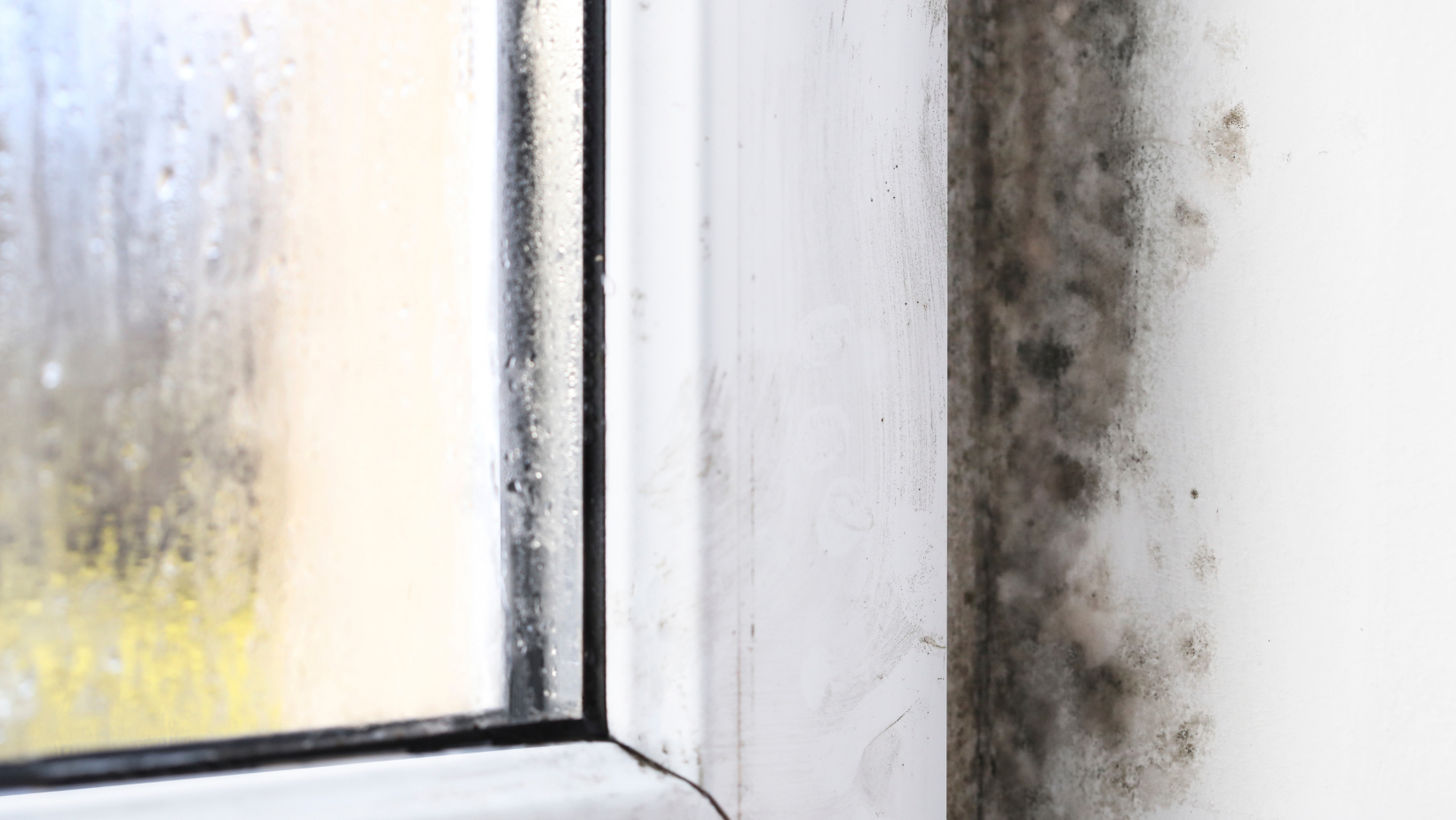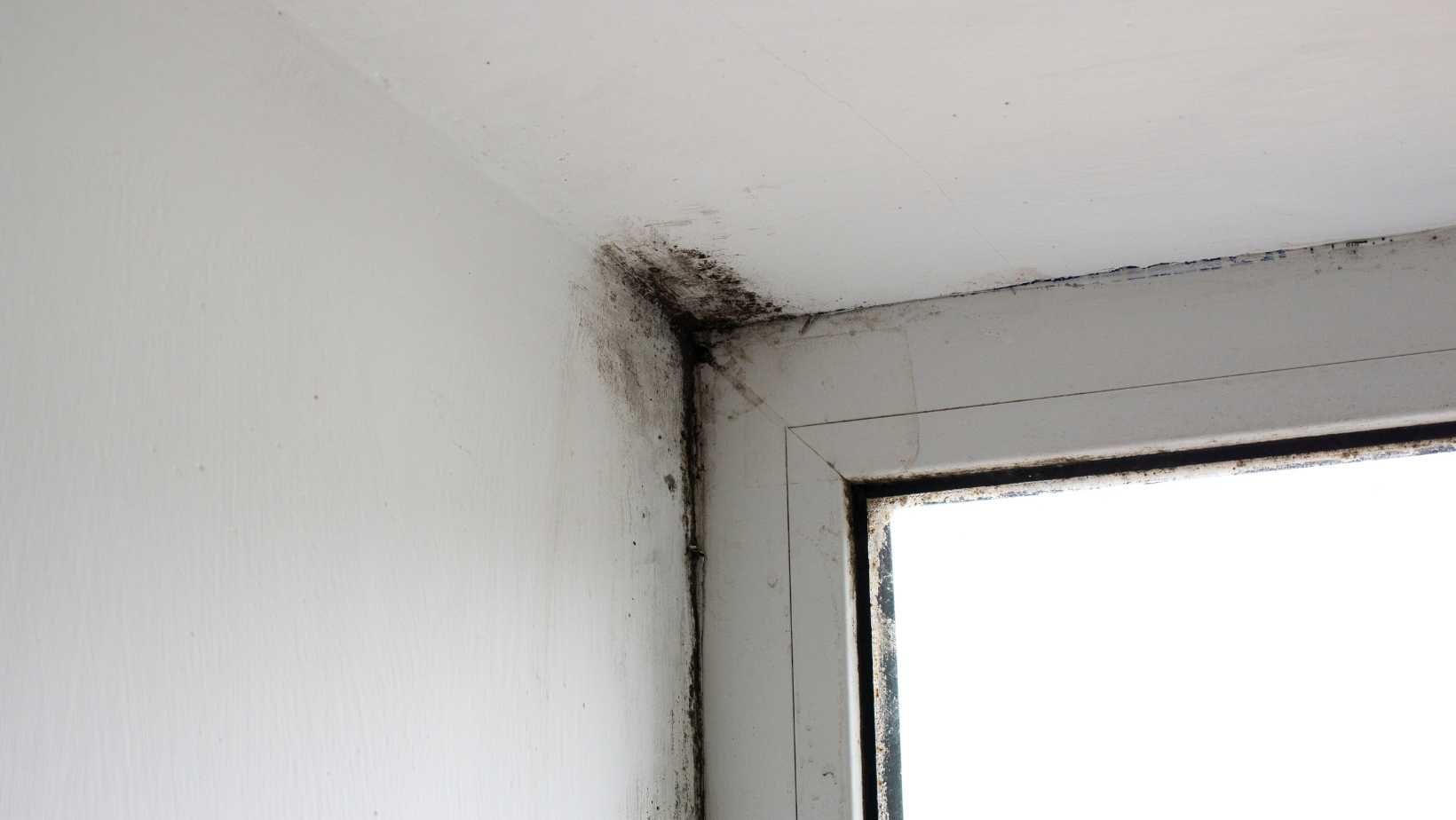Keep Your Holiday Cheer Mold-Free: Tips for Recognizing, Preventing, and Salvaging Moldy Decorations
Keep Your Holiday Cheer Mold-Free: Tips for Recognizing, Preventing, and Salvaging Moldy Decorations
Learn how to recognize signs of mold on holiday decorations, understand the factors that contribute to mold growth, and discover effective prevention and cleaning methods to ensure a mold-free and cheerful holiday season.
Recognizing Signs of Mold on Decorations
When checking your holiday decorations for mold, look for fuzzy growth or discoloration on the surfaces. Mold can also cause a musty odor, so if your decorations emit such a smell, it may indicate mold growth. Additionally, any signs of deterioration or changes in texture on the decorations should be considered as potential indicators of mold presence.
For example, if you notice a fuzzy or discolored patch on your holiday wreath, it could be a sign of mold growth. The musty smell coming from your stored decorations may also suggest the presence of mold.
Factors Contributing to Mold Growth on Decorations
Mold growth on holiday decorations can be attributed to increased humidity in storage areas such as basements and attics, which creates a conducive environment for mold development. Airtight storage containers may inadvertently trap moisture , leading to mold growth on the decorations. Moreover, improper ventilation and high humidity levels can also contribute to mold growth on holiday decorations.
For instance, if you store your holiday decorations in a damp basement or hot attic without proper ventilation, the increased humidity can create an environment favorable for mold growth.
 Preventing Mold on Holiday Decorations
Preventing Mold on Holiday Decorations
To prevent mold growth on holiday decorations, it is essential to ensure proper ventilation and use dehumidifiers in storage areas to reduce humidity levels. Before storing the decorations, it is advisable to clean and thoroughly dry them to prevent mold development. Additionally, using airtight containers can protect the decorations by keeping them dry and free from excess moisture.
For example, if you store your holiday decorations in the attic, using a dehumidifier and ensuring the items are completely dry before storing them can help prevent mold growth.
 Cleaning and Removing Mold from Decorations
Cleaning and Removing Mold from Decorations
When cleaning mold from holiday decorations , materials such as glass, ceramic, metal, and plastic can be cleaned with hot water and dish soap, avoiding the use of bleach. It is crucial to wear gloves and a mask when cleaning moldy decorations to avoid exposure to mold spores. In cases where signs of water and mold damage are substantial, professional mold cleanup may be necessary.
For instance, if you find mold on your glass ornaments, you can clean them with a solution of hot water and dish soap, and if the mold damage is extensive, seeking professional mold cleanup services might be necessary.
Proper Storage Practices for Mold Prevention
Ensuring that decorations are clean and dry before storage is crucial for preventing mold growth. Storing decorations in temperature-controlled environments and using airtight containers can help protect them against mold by keeping them dry and free from excess moisture. Regularly inspecting storage areas and addressing any leaks or excess moisture can further aid in mold prevention.
For example, storing your holiday decorations in airtight containers after ensuring they are completely dry can significantly reduce the risk of mold growth.
Salvaging Moldy Decorations
When mold develops on decorations, items made of glass, metal, ceramic, plastic, and non-porous materials are easier to salvage. It is important to assess the extent of the damage, and if necessary, seek assistance from professional mold inspection companies to salvage the items. However, some items may be too damaged to salvage, and it may be best to dispose of them.
For instance, if you find mold on your plastic decorations, you can salvage them by cleaning with appropriate methods. However, heavily damaged items may need to be discarded.
Conclusion
Recognizing the signs of mold on holiday decorations and taking preventive measures is crucial to ensure a mold-free and cheerful holiday season. By implementing the provided tips, individuals can safeguard their health and the longevity of their holiday decorations. Promptly addressing mold growth on decorations is essential to maintain a festive and healthy environment.
If you have questions or concerns about mold on your holiday decorations, please click here to get in touch or call (337) 366-0900 .
You might also like
DryMax Mold Blogs





